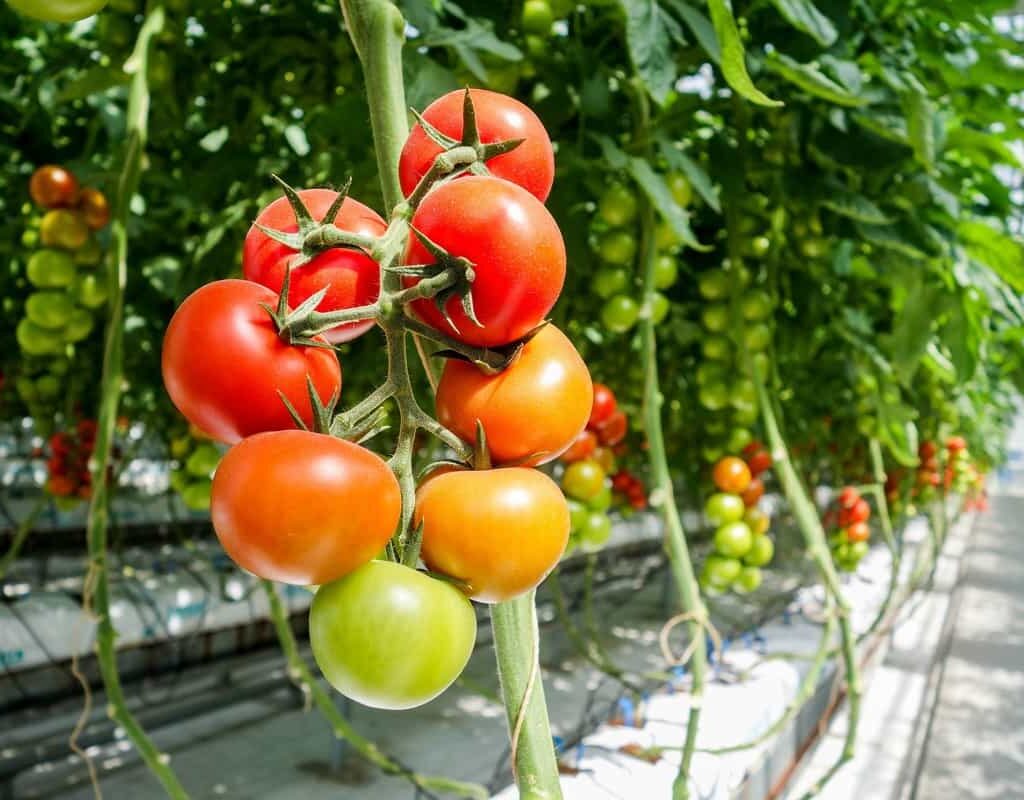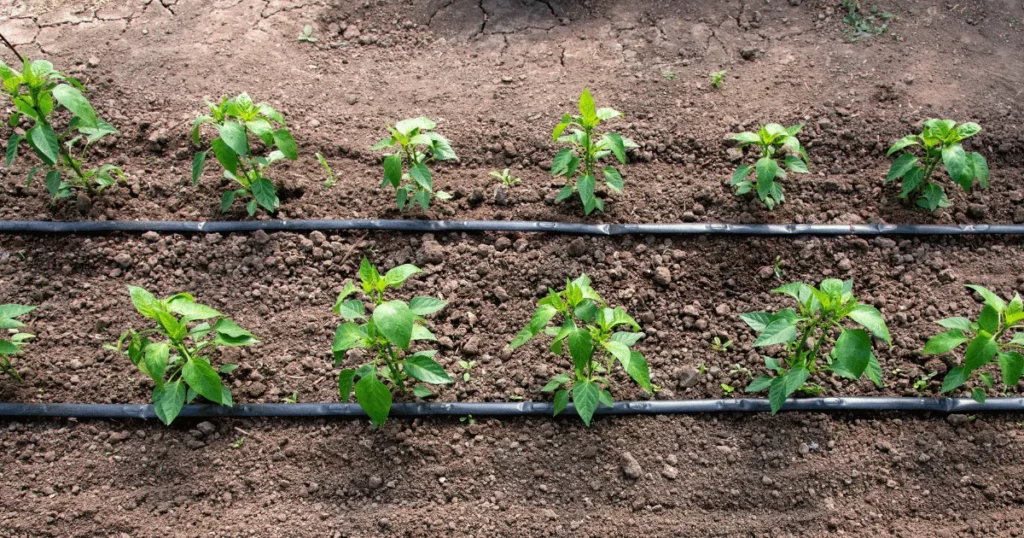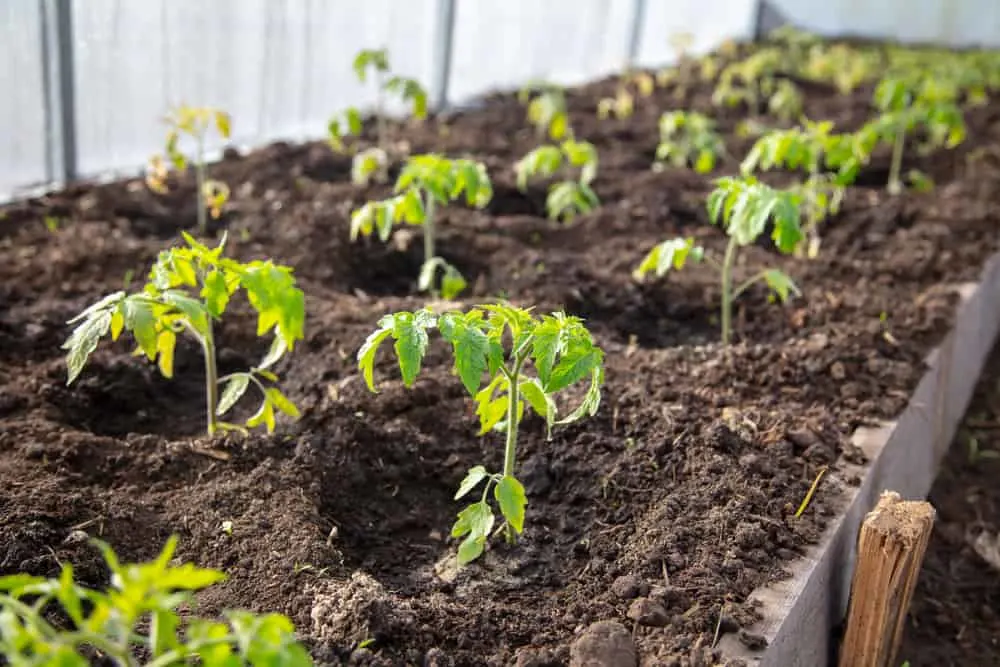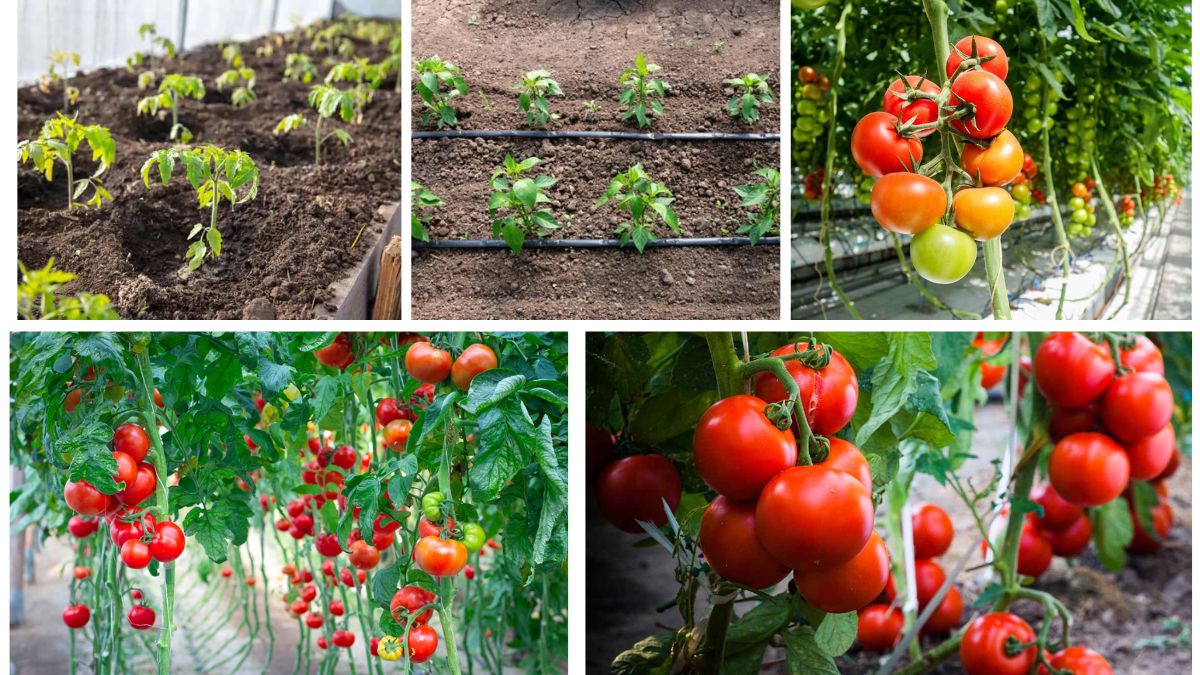Tomatoes are among the most popular and rewarding crops to grow at home, whether in a backyard garden, raised bed, or container. They are versatile, delicious, and come in a wide range of varieties—from cherry tomatoes perfect for salads to large beefsteaks ideal for sandwiches. However, many gardeners underestimate one of the most critical factors for growing healthy, high-yielding tomato plants: proper spacing.
Spacing tomato plants correctly is more than just an aesthetic choice; it directly influences airflow, disease prevention, sunlight exposure, and ultimately, the size and quality of your harvest. Planting too close together often leads to overcrowding, stunted growth, and increased pest problems, while planting too far apart can waste precious garden space.
In this step-by-step guide, we’ll cover everything you need to know about tomato plant spacing, including differences between varieties, spacing in garden beds and containers, common mistakes, and expert tips to maximize your tomato harvest.
Why Tomato Plant Spacing Matters

Before diving into numbers, it’s important to understand why spacing is so critical:
- Air Circulation
Proper spacing allows air to flow between plants, reducing humidity around the leaves. This lowers the risk of fungal diseases like blight and powdery mildew, which are common in tightly packed tomato patches. - Sunlight Exposure
Tomatoes need 6–8 hours of direct sunlight daily. Crowded plants block each other, leading to weak, leggy growth and poor fruit development. - Nutrient and Water Access
Tomatoes are heavy feeders. If planted too close together, roots compete for nutrients and water, resulting in smaller yields and underdeveloped fruit. - Ease of Harvesting and Maintenance
Proper spacing makes pruning, staking, watering, and harvesting much easier. It prevents damage to plants when you need to move between them.
Determining Tomato Plant Spacing

The exact spacing for tomato plants depends on the type of tomato variety you are growing:
1. Determinate (Bush) Tomatoes
- Grow to a fixed size, usually 3–4 feet tall.
- Produce most of their fruit in a short time frame.
- Ideal for containers or small gardens.
- Recommended Spacing:
- In the ground: 18–24 inches apart.
- Between rows: 2–3 feet apart.
- Example Varieties: Roma, Celebrity, Rutgers.
2. Indeterminate (Vining) Tomatoes
- Continue growing and producing fruit throughout the season.
- Can reach 6–10 feet tall with support.
- Require more space, staking, or caging.
- Recommended Spacing:
- In the ground: 24–36 inches apart.
- Between rows: 3–4 feet apart.
- Example Varieties: Beefsteak, Brandywine, Sungold.
3. Cherry Tomatoes
- Usually indeterminate but smaller-fruited.
- Can be spaced slightly closer but still need airflow.
- Recommended Spacing: 18–24 inches apart.
Spacing in Different Growing Conditions

1. Raised Beds
Raised beds allow for more intensive planting.
- Determinate tomatoes: 18 inches apart.
- Indeterminate tomatoes: 24 inches apart.
- Rows can be closer, but prune regularly to keep airflow.
2. Containers
Tomatoes grow well in containers but need adequate pot size.
- One tomato plant per 5-gallon container minimum.
- Larger containers (10–15 gallons) are better for indeterminate varieties.
- Place containers 2–3 feet apart for airflow.
3. Greenhouses
Since airflow is more restricted indoors:
- Indeterminate tomatoes: 24 inches apart in rows spaced 3 feet apart.
- Pruning and trellising are essential for preventing overcrowding.
Tips for Maximizing Tomato Yields Through Spacing

- Use Staking or Cages
Vertical supports like stakes, trellises, or cages keep plants upright, reduce ground contact, and allow closer planting while maintaining airflow. - Prune Lower Leaves
Regularly removing lower leaves improves airflow and reduces fungal risk, especially when plants are closer together. - Mulch Around Plants
Applying mulch conserves soil moisture, prevents weeds, and reduces soil splash that can spread disease. - Water at the Base
Use drip irrigation or a soaker hose to water soil directly, keeping foliage dry and lowering disease risk in tighter spaces. - Rotate Crops
Avoid planting tomatoes in the same spot every year. Crop rotation prevents soil-borne diseases that thrive in closely spaced, continuous plantings.
Common Spacing Mistakes to Avoid
- Planting Too Close Together
Tempting as it may be to fit “just one more” plant, overcrowding stunts growth and increases disease risk. - Ignoring Plant Type
Treating determinate and indeterminate varieties the same leads to chaos in the garden. - Forgetting About Growth Support
Without cages or stakes, plants sprawl across the ground, wasting space and increasing pest issues. - Not Considering Sun Direction
Plant rows north to south so all plants get equal sunlight exposure throughout the day.
Example Spacing Layouts

- Small Garden (10×10 feet):
- 3 rows of indeterminate tomatoes spaced 3 feet apart.
- Plants 2 feet apart in each row → About 15 plants total.
- Raised Bed (4×8 feet):
- 2 rows of determinate tomatoes.
- 18 inches apart in rows 2 feet apart → About 6–8 plants.
- Container Garden:
- Each 5-gallon bucket holds 1 plant.
- Place buckets 2–3 feet apart for airflow.
Harvest Results from Proper Spacing
Gardeners who follow proper spacing often notice:
- Larger, juicier fruits.
- Reduced instances of blight, mildew, and pest infestations.
- Longer harvest season for indeterminate tomatoes.
- Easier access for pruning, harvesting, and watering.
In contrast, overcrowded tomato patches often suffer from yellowing leaves, fewer and smaller fruits, and higher disease rates—ultimately reducing overall yield despite planting more plants.
Final Thoughts
Tomato spacing might seem like a small detail, but it plays a massive role in plant health and productivity. By considering the type of tomato (determinate vs. indeterminate), growing space (ground, raised bed, or container), and environmental conditions, you can create an optimized layout that maximizes airflow, sunlight, and root development.
Whether you’re planting a single cherry tomato on a balcony or managing a large backyard vegetable patch, following these spacing guidelines will help ensure lush, healthy plants and a bountiful harvest.
With the right care, your tomato plants will reward you with baskets of delicious fruits all season long—proof that proper spacing truly is the secret to the best yields.





